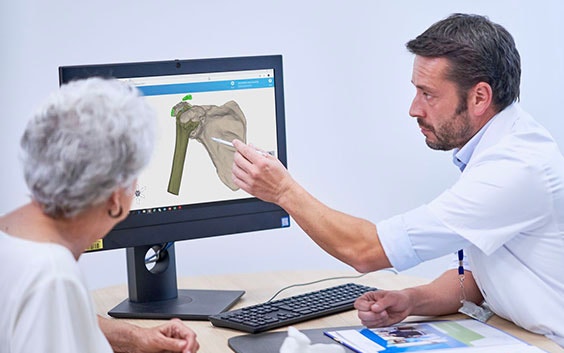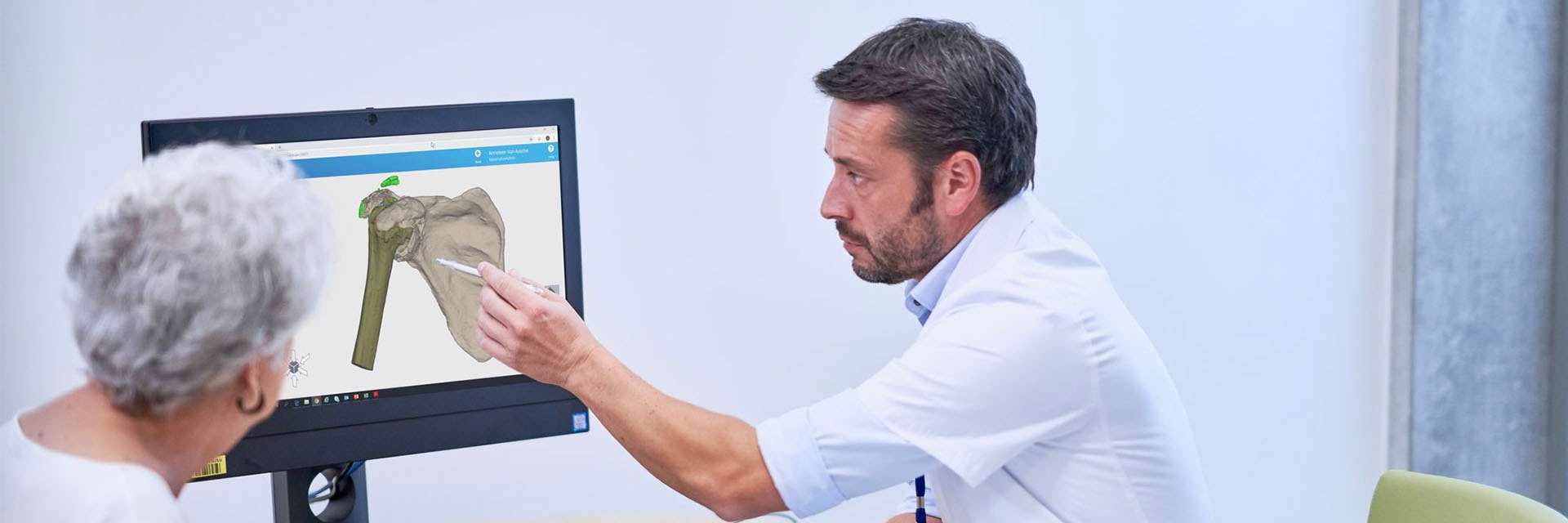EXPERT INSIGHT
8 Considerations when Planning for Orthopaedic Surgery

From X-ray-based preoperative planning and templating software to patient-specific solutions which employ 3D technologies, orthopaedic surgeons have access to an array of software and services to assist them when planning for successful surgical outcomes.
Here’s our guide to some key considerations surgeons should make when evaluating the options available to them.
1. Digital templating
Templating with digital x-ray technology is an essential first stage in the digital planning workflow for orthopaedic surgeons, replacing traditional acetate templates with a more convenient and intuitive digital equivalent. A quick, simple digital templating software solution enables the identification of the most appropriate implant size and characteristics, as well as providing additional information such as the discrepancy of leg length for THA procedures.
2. 3D planning
A reliable digital 3D reconstruction of the patient’s anatomy can be created from a CT or MRI scan. Surgeons are able to analyze the patient’s anatomy from different angles to take accurate measurements, plan osteotomies, simulate implant placement and evaluate the quality of the bone. The surgical approach and post-operative outcome can be simulated, planned and evaluated in 3D before the surgery even begins, saving time during surgery and contributing towards a potentially more successful outcome for the patient.
3. Anatomical models
For the more complex cases, it can be beneficial for the surgeon to have a physical 3D model of the patient’s anatomy in their hands to help plan for surgery. The anatomical model can be printed to help the surgeon evaluate the patient’s anatomy and prepare for surgery.
4. Patient-specific guides
3D-printed, patient-specific guides remove many of the challenges involved in making a surgical plan a reality. Guides are designed to fit the unique shape of the patient’s anatomy and can reduce the complexity of surgery by increasing predictability.
5. Patient-specific implants
Patient-specific, titanium implants are 3D-printed to provide custom prostheses for joint replacement procedures. Patient-specific implants are employed for the more complex primary cases and revisions that can’t be successfully treated with standard implants.
6. PACS compatibility
A software solution that is compatible with the PACS (digital picture archive) allows the user to pull digital x-rays directly from the PACS into the planning solution and to save their pre-operative plans back to the PACS for storage and easy access.
7. PACS integration
A planning solution that is fully integrated with the PACS allows the user to access planning tools directly from a button within the PACS.
8. An integrated workflow
The chosen planning solutions should be incorporated into the surgeons’ regular workflow, minimizing the amount of new processes to take on board and potentially improving efficiency. Put all of these elements together, and many orthopaedic surgeons find that employing smarter planning choices benefits them, their practice or hospital, and ultimately their patients. The benefits of making smarter planning choices are not only clinical, but also financial and operational.
Glenius is not commercially available in the US and Canada.
Share on:
You might also like
Never miss a story like this. Get curated content delivered straight to your inbox.
